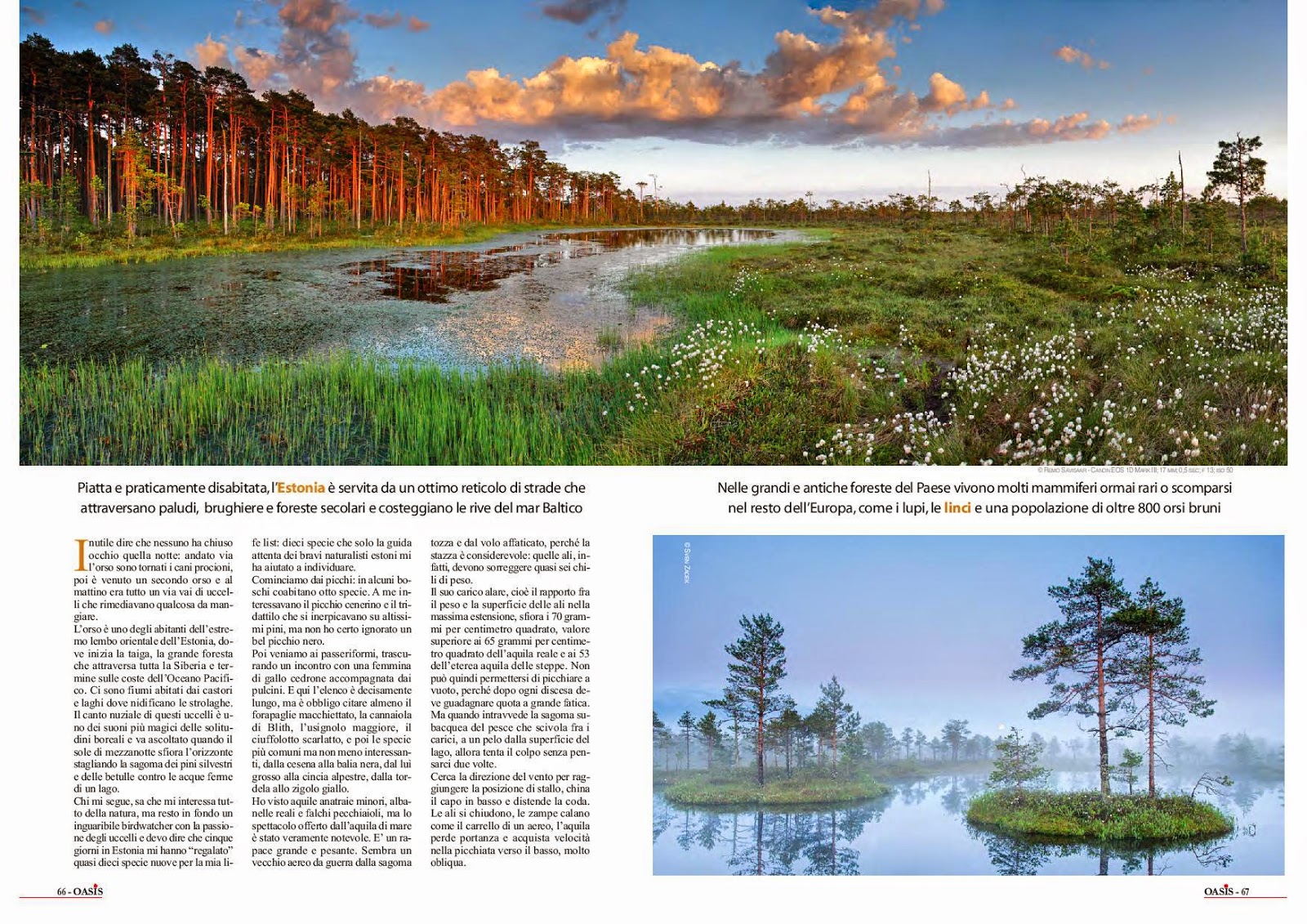You must have heard the term ISO or read about it in a number of articles related to Photography. But, what actually is ISO? Here is an explanation in depth. What is the ISO standard and what is it for photographers? ISO stands for International Organizational Standard. In photography, ISO is typically referred to as a film rating system. When we use the word ‘film’, consider film photography, and not the movies. In the terms of film, ISO is used to rate the sensitivity of the film to light, or to understand how fast the film is. Lower ISO number (i.e. 50) requires the film to be exposed for more time. Faster ISO film speed requires less light to take a picture. What is the best ISO? It is not possible to have a film with low sensitivity in many situations. This happens when the light is low and there is no tripod, or when the motion is too fast; just like in sports photography. Digital ISO VS Film ISO
- Whether you use a digital or film camera, ISO speed influences the shutter speed and aperture combinations that you use.
- Digital photographers are not usually bothered by a roll of film having one specific ISO sensitivity. They can change the ISO sensitivity easily. But this doesn’t mean that digital cameras do not have to face the adverse effects of shooting with higher ISO.
- If you use a film camera, it is quite possible that are already familiar with ISO. When you choose the film, you select the ISO.
- In film, when the ISO is higher than necessary, the photos tend to turn out grainy. The same goes for digital cameras, but instead of calling them grainy, they are called noisy. The higher the ISO, the noisier the digital photos appear.
- Higher ISO means that the pictures will appear more noisy or grainy.
- Higher ISO also makes the film/sensor more sensitive to light.
- ISO speed affects the existing aperture and shutter speed combinations.


